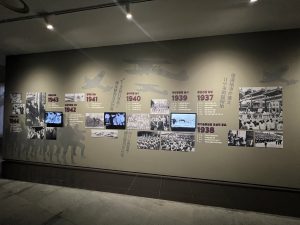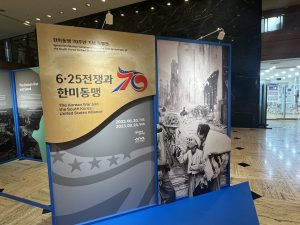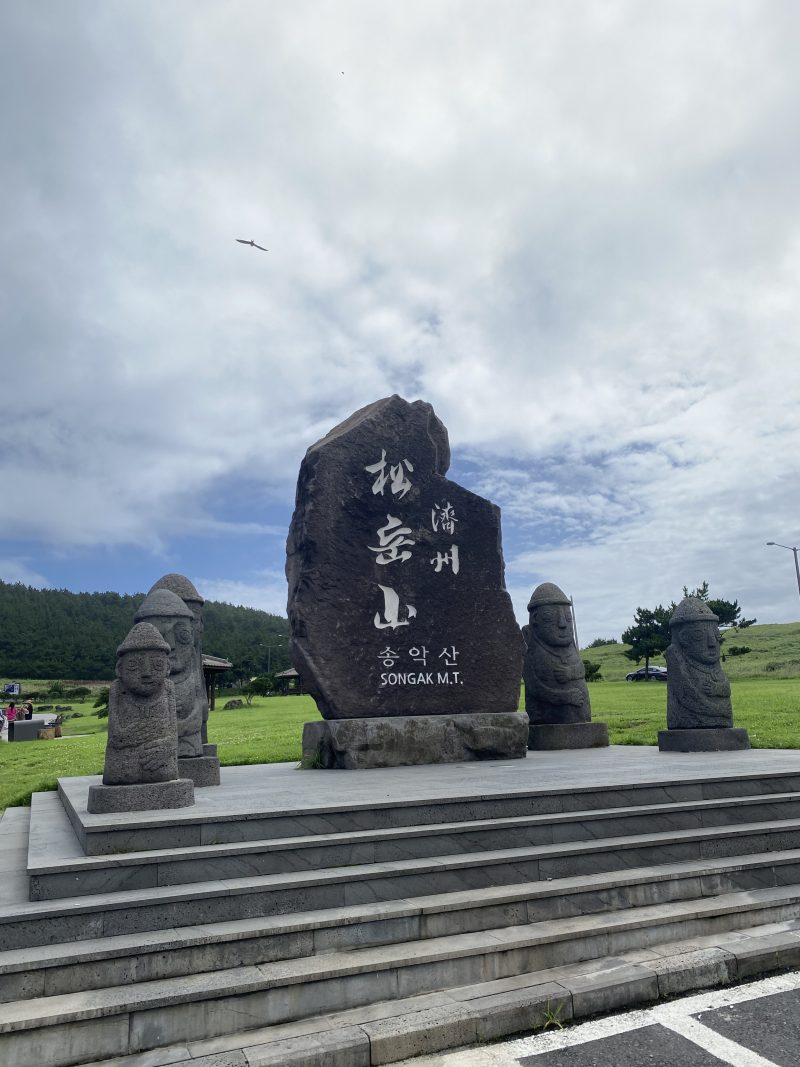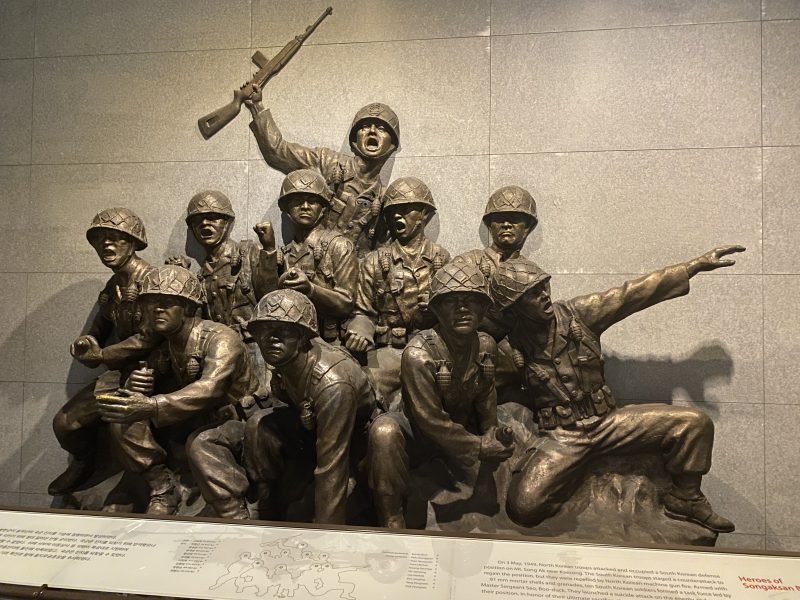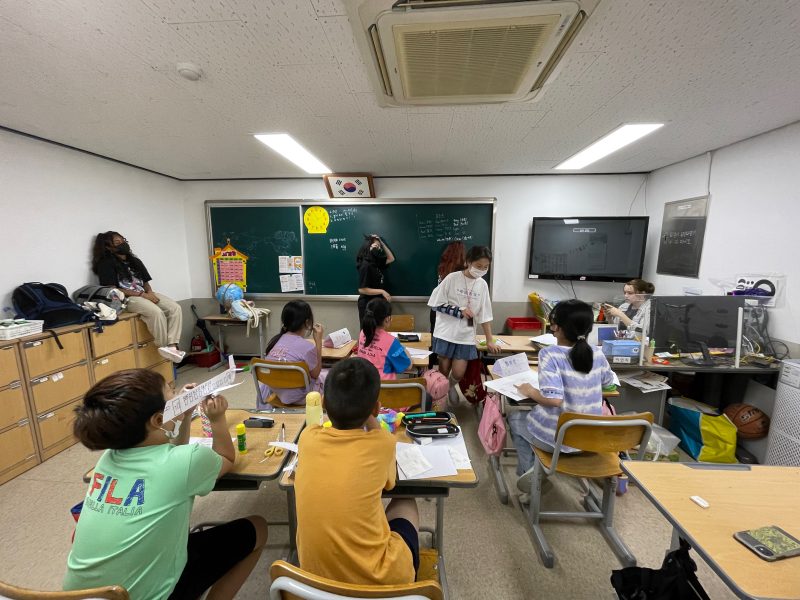For my excursion, I visited the Seoul Museum of History in Gwanghwamun. The museum addressed a very general history from colonial times to the 2010s with interactive screens and walk-through exhibits supported with pamphlets in numerous languages. The first thing I noticed was the US and South Korea temporary exhibit at the entrance of the museum which showcased US and South Korean relations throughout the last few decades. The sign read “Special Exhibition Commemorating the 70th Anniversary of the South Korea-United States Alliance.” The photo right underneath this sign is of a Korean citizen seemingly holding hands with a US military officer. While it is true that there is an alliance, because of what I now know about the Korean War from Cumings, the photo felt posed and the context felt misplaced. This also made me reflect on how museums can be used as a form of propaganda or censorship and placing a false facade that the museum goer has obtained reliable information. For example, in the section covering the 50s, there was barely any reference to the Korean war and jumped straight to the rise of South Korea and urbanization after Japanese colonization. People go to museums to obtain an unbiased retelling of history with artifacts. But what does it mean when only certain artifacts are shown?
My favorite parts of the museum were the walk-through exhibits as the interactive aspect allowed me to fully immerse myself in that time period and imagine what life may have been like. It was also cool to see how music was incorporated to see the ambience. Another thing that I noticed was that the museum only had certain portions translated into English. While this may have been an issue with space, it could also be used as a method of censorship or redirection of visitor attention.
Overall the museum painted Korean history in a lighter light than I had imagined and much of it focused on urban development rather than Korean struggles, outside of the Japanese colonization period. Furthermore, the significance of American military presence is barely addressed and is only mentioned in relation to South Korean Urbanization. This reflection made me realize how free museums can be used as a method of propaganda and spread of information that is controlled by the government.
Nana Osaki
